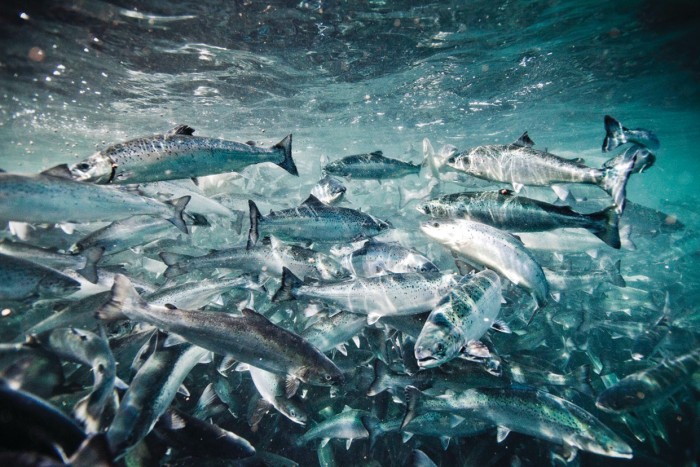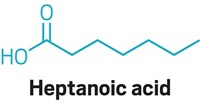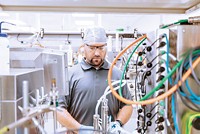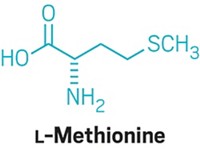Advertisement
Grab your lab coat. Let's get started
Welcome!
Welcome!
Create an account below to get 6 C&EN articles per month, receive newsletters and more - all free.
It seems this is your first time logging in online. Please enter the following information to continue.
As an ACS member you automatically get access to this site. All we need is few more details to create your reading experience.
Not you? Sign in with a different account.
Not you? Sign in with a different account.
ERROR 1
ERROR 1
ERROR 2
ERROR 2
ERROR 2
ERROR 2
ERROR 2
Password and Confirm password must match.
If you have an ACS member number, please enter it here so we can link this account to your membership. (optional)
ERROR 2
ACS values your privacy. By submitting your information, you are gaining access to C&EN and subscribing to our weekly newsletter. We use the information you provide to make your reading experience better, and we will never sell your data to third party members.
Business
DSM, Evonik form omega-3 joint venture
Partners will build $200 million plant in U.S. to meet demand in fish and pet foods
by Alex Scott
March 8, 2017
| A version of this story appeared in
Volume 95, Issue 11

DSM and Evonik Industries are setting up a joint venture to make omega-3 fatty acids from natural marine algae for use in fish feed and pet food.
The venture, called Veramaris, will spend $200 million to build an omega-3 fatty acid facility at an existing Evonik site in the U.S. that will go on-stream in 2019. The firms have already made pilot-scale quantities of the oil at DSM’s facility in Kingstree, S.C.
The new plant will turn out a “highly concentrated algal oil,” the partners say, using algae production expertise from DSM and industrial-scale fermentation know-how from Evonik.
Omega-3 fatty acids are a family of polyunsaturated fats that include eicosapentaenoic acid (EPA) and docosahexaenoic acid (DHA).
Initial output from the planned facility will meet about 15% of the farmed salmon industry’s demand for EPA and DHA, the two firms say. Fish use omega-3 for metabolic functions and as a cellular membrane component.
Most of the omega-3s used by the aquaculture industry today come from harvested wild fish such as sardines. A number of companies have developed alternative sources of protein for farmed fish, but finding an alternative source of omega-3s has proven difficult until now, the partners say.
DSM and Evonik have had a joint technology development agreement since July 2015. Both companies say they achieved positive results in product development while “extensively working with the entire value chain, including fish feed producers, fish farmers, and retailers.”





Join the conversation
Contact the reporter
Submit a Letter to the Editor for publication
Engage with us on Twitter